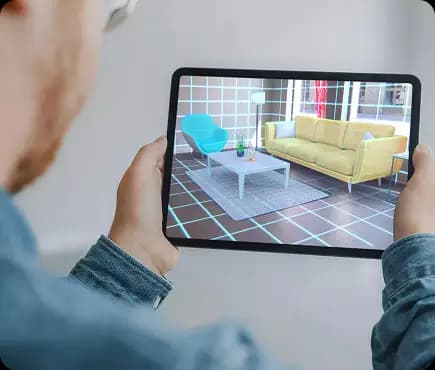
BLOG
Disclaimer: This read may take about 5–6 minutes. Grab a coffee—or don't—and let's explore the world AR is building.
Arjun Patel, Head of Immersive Innovation
YouTube-style tutorials of products inside boxes, live interactive overlays during pitches, printed brochures that animate—this is no longer novelty. It’s tactical, measurable, and here to stay.